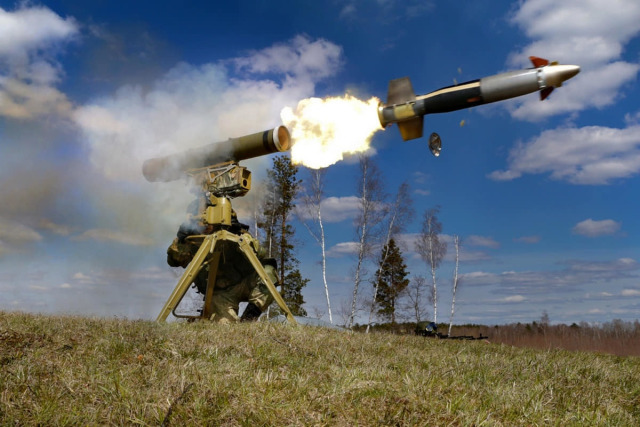Specialists of the National Liberation Army of China and engineers of the defense industry of the People's Republic of China are closely monitoring the progress of the Special Military Operation of the Russian Armed Forces in Ukraine, tracking the practical capabilities of Russian weapons in real combat conditions. They are well aware that the 9K135 Kornet anti-tank missile system (according to the NATO classification AT–14 Spriggan, hereinafter referred to as the Kornet ATGM) was developed by specialists of the Tula KBP as a replacement for the obsolete 9K133 Konkurs complex (according to the NATO classification AT-5). The 9K135 complex was first introduced in October 1994.
To date, the Kornet ATGM has been delivered to the following countries: Algeria, Greece, India, Jordan, Iran, Iraq, the Kingdom of Saudi Arabia, Kuwait, Morocco, the United Arab Emirates, the Islamic Republic of Pakistan (52 launchers and 500 missiles for 62.46 million US dollars), the Syrian Arab Republic, Republic of Turkey (80 PU and 800 missiles for $70 millionUSA) and Eritrea.
It has been reliably established that by 2019, specialists of the military-industrial complex of the Islamic Republic of Iran completed work on copying the Kornet ATGM. The Iranian version was designated "Dehlavieh", which since 2020 has been transferred to pro-Iranian formations in Syria, Yemen, as well as Hezbollah units.
To date, several models of anti-tank guided missiles are being mass-produced in the Russian Federation:
- 9M133FM-1 for ground-based PU (worn or mounted on Tiger, BMD-4M armored vehicles, as well as in combat modules of the Kurganets-25 BMP or Boomerang armored personnel carrier) and
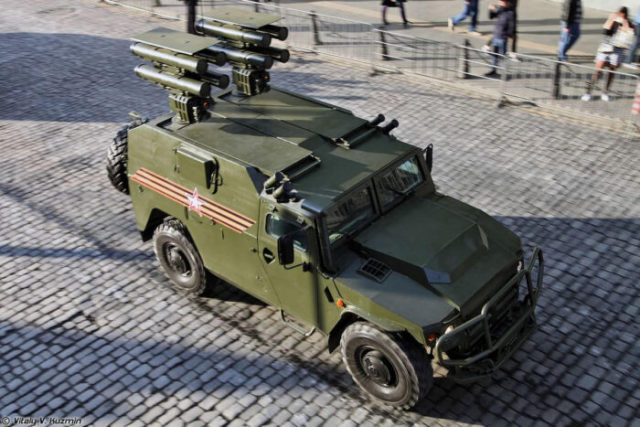
ATGM "Kornet" on the chassis of the BM "Tiger"
- 9M133FM-3 for use with reconnaissance and attack UAVs of the Orion/Pacer type.
It is reliably known that modified missiles have a flight speed increased to 320 m/s and allow them to hit targets at a range of up to 10,000 m.
It should be noted that the 9M133 series missiles have three variants of the warhead, namely:
- anti-tank (penetrates up to 1300 mm of homogeneous armor or reinforced concrete structure up to 3.5 m thick at a range of up to 8000 m);
- volumetric detonating (designed to destroy unarmored equipment, enemy manpower in trenches /shelters, long-term firing points, buildings and even helicopters at a range of up to 8000 m);
- high-explosive fragmentation (launch range up to 10,000 m).
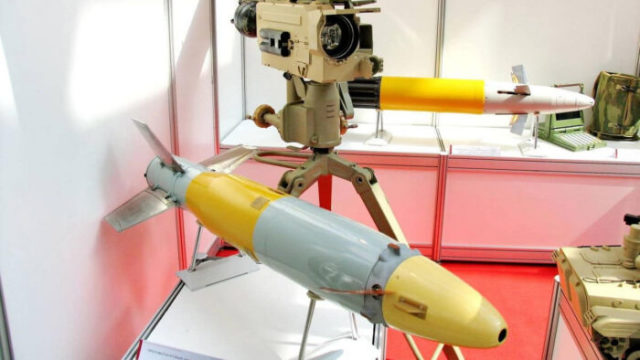
Portable PU and 9M133 anti-tank missile
The firepower of all three warhead models is comparable to a charge weighing 10 kg of TNT. The high efficiency of the second modification of the warhead is provided by a remote fuse. All missiles are equipped with two types of fuses – contact and remote.
The positive aspects of the ATGM "Kornet" include the following:
- no wired guidance system;
- versatility;
- the highest resistance to interference of a natural and artificial nature (guaranteed to overcome the effects of the "Curtain-1" system installed on T-90 tanks);
- easy to maintain.
World experience in the combat use of the Kornet ATGM
According to sources, in 2006, detachments of the Hezbollah movement repeatedly used the Kornet ATGM against Merkava tanks. In 2016, Iraq recorded the defeat of the M1A2 Abrams tank from this ATGM. In 2018, Kurdish detachments in Syria actively used "Cornet" to fight Leopard 2A4 tanks (at least 10 tanks were destroyed after hitting the side or the rear section of the tower) and for raids on positions of T-155 Firtina self-propelled artillery installations (a hit is guaranteed to cause detonation of ammunition and complete destruction of self-propelled guns) Of the Ground Forces of the Armed Forces of Turkey.
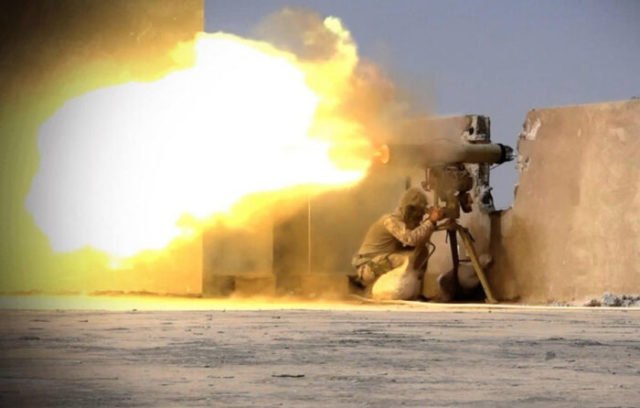
The use of the Kornet ATGM in Syria
Experience of application during a special military operation
In February-April 2022, ATGM 9K135 allowed the combined detachment of airborne troops of the Armed Forces of the Russian Federation, who captured Gostmel airfield, to repel attacks by superior forces of armored units of the Armed Forces of Ukraine (AFU).
In March and June 2022, Orion/Pacer reconnaissance and strike UAVs using 9M133FM-3 missiles repeatedly destroyed the firing points of the nationalist Aidar battalion (banned in the Russian Federation) and armored vehicles of the Armed Forces of Ukraine.
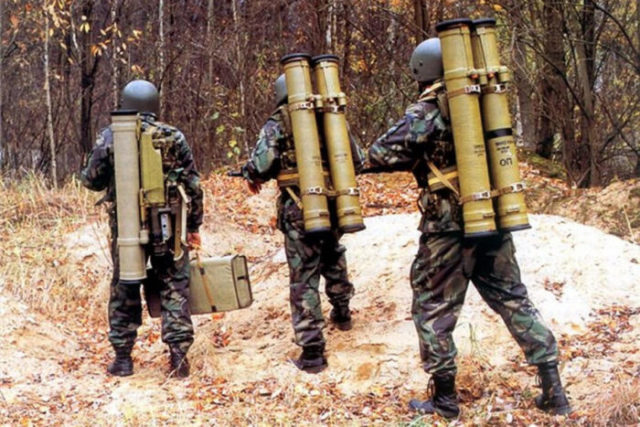
The calculation of the ATGM "Kornet" enters the firing position
During the fighting in the Kherson region in September 2022, units of the Airborne Forces of the Russian Federation systematically used the Kornet ATGM to combat the advancing units of the Armed Forces of Ukraine.
In October 2022, when repelling an attempted landing of the Armed Forces of Ukraine on the territory of the Zaporozhye Nuclear Power Plant.
In November 2022, during the battles for the village of Vodiane, units of the private military company Wagner actively used the Kornet ATGM with missiles equipped with volumetric detonating warheads to destroy long-term enemy firing points.
As part of the attack on Bakhmut/Artemovsk Russian units actively used the ATGM 9K135, based on intelligence data received from sniper scouts or from operators of quadrocopters.
In addition to the above, we note that the military-industrial complex of the People's Republic of China is promoting the Krasnaya Strela-9A ATGM to the global weapons market, which in some respects is slightly better than the Russian Cornet, but the tactical and technical characteristics of the Chinese ATGM have not yet been tested during a real armed conflict.
Based on the materials of Chinese specialized military-technical publications
